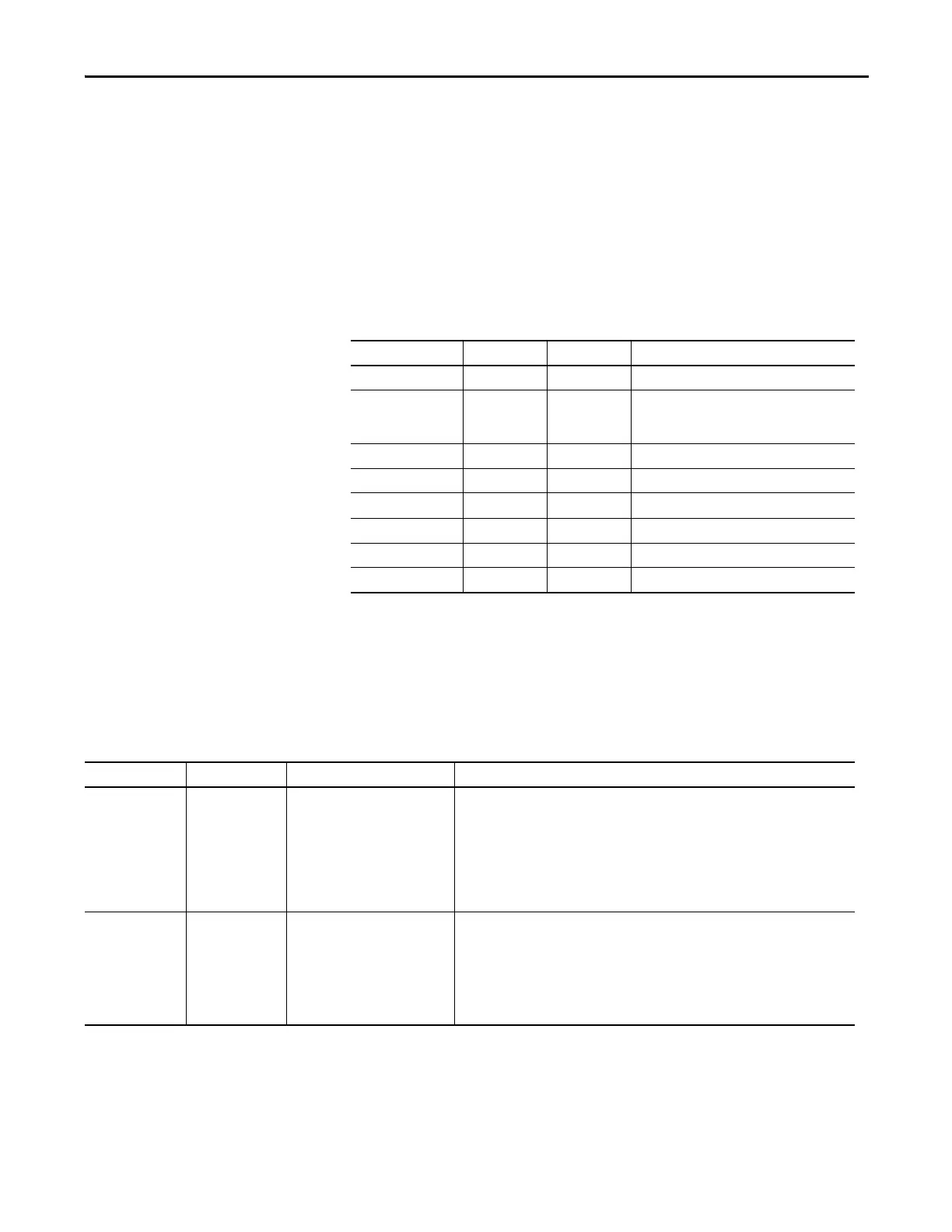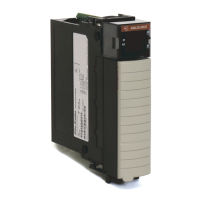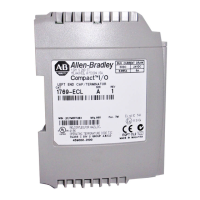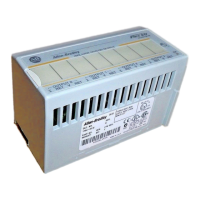Rockwell Automation Publication 1756-UM540E-EN-P - December 2017 211
Analog I/O Module Tag Definitions Appendix A
Redundant Owner
Configuration Tags
The redundant owner configuration tags are identical to the existing 1756-OF8I
configuration.
Redundant Owner Input Tag Layout
We added eight Input tags to the existing Input data layout. The bit tag field,
PartnerBits, increased from 2 bits to 10 bits to cover OwnerActive, Owner ID,
and Active/Claim/Ready status for the A and B controllers.
Redundant Owner Output Tag Layout
We added two Input tags in the Output data: a BOOL to reflect the COO bit
and another for the ROO bit.
Table 41 - New Redundant Input Tag Description – 1756-OF8I
Field Data Type Legal Values Usage
OwnerActive BOOL B4 The Output has a Controlling Owner
OwnerID BOOL B5 Which Owner is Active (Controlling):
0 = Owner A
1 = Owner B
OwnerAConnected BOOL B6 Owner A is Connected.
OwnerAClaim BOOL B7 Owner A is claiming Outputs (COO).
OwnerAReady BOOL B8 Owner A is Ready to claim Outputs (ROO).
OwnerBConnected BOOL B9 Owner B is Connected.
OwnerBClaim BOOL B10 Owner B is claiming Outputs (COO).
OwnerBReady BOOL B11 Owner B is Ready to claim Outputs (ROO).
Table 42 - New Redundant Output Tag Description – 1756-OF8I
Field Data Type Legal Values Usage
OwnerClaim BOOL B0
0 = Not Requesting Ownership
1 = Claim Ownership
When set, indicates that the controller wants to Claim Ownership of the redundant
connection and have its outputs actively used.
• If both Redundant Owners have COO set, the last originator application that transitioned
its COO flag from reset to set shall be the owner.
NOTE: Only a Rx’d 0 to a 1 and not just the receipt of a new connection is considered such a
transition.
• If neither Redundant Owner has COO set, then the highest ROO becomes Owner.
OwnerReady BOOL B1
0 = Not Ready to Own
1 = Ready to Own
Indicates the controller’s readiness for output ownership. A value of 1 indicates ready while
0 indicates the controller is not ready to own the outputs.
• If neither controller has the COO bit set, the ROO determines the current owner.
• If both controllers have COO=0 and ROO=0, then the outputs go to IDLE (Program
mode).
• If both controllers have COO=0 and ROO=1, OwnerA will be active.

